Target Audience Analysis: Step-by-Step Guide for 2026 (+Examples)
Table of contents
Should your next campaign use Gen Z sarcasm or dad jokes? Get it wrong, and you sound like a parent trying to be cool. Get it right, and you speak your audience’s language. This is why target audience analysis matters. It shows you how your customers really think and talk.
Your customers aren’t just demographics. They’re real people with unique humor and preferences. 80% of consumers buy more from companies that understand them personally.
The best brands know exactly how to connect with their audience. Ready to stop guessing and start connecting?
In this article, I’ll show you how to do a target audience analysis for a successful marketing strategy!
Let’s get into it!
💡 Quick Summary:
– Target audience analysis allows brands to truly understand customer values, behavior, and motivations, making campaigns feel personal and relevant.
– Using tools like Brand24, businesses can now track audience conversations in real time, uncovering where and when their customers are active, what they care about, and how they emotionally respond to products or services.
– The real power lies in transforming insights into action, from refining messaging and product features to identifying trends early.
What is target audience analysis?
Target audience analysis is the process of collecting and interpreting data about the people who are potentially interested in your offer.
This includes demographic data, consumer behavior, interests, online activity, and… much more.
At the end of the analysis, you’ll be able to define your buyer persona – the person most likely to buy your product or service.
Remember the moment when a brand just truly got you?
Maybe it was an ad that felt like it was written specifically for you? Or a product that solved exactly the problem you’d been wrestling with?
That wasn’t luck. That was target audience analysis in action.
It’s part detective work, part psychology, but mostly number-crunching. And when done right?
It brings marketers’ dreams to life where customers think, “Finally, someone understands me”.
However, it’s really hard to get to that point. It requires a lot of attention to customer success metrics and tailoring your brand accordingly.
Fortunately, there are many great customer feedback tools that make the process easier.
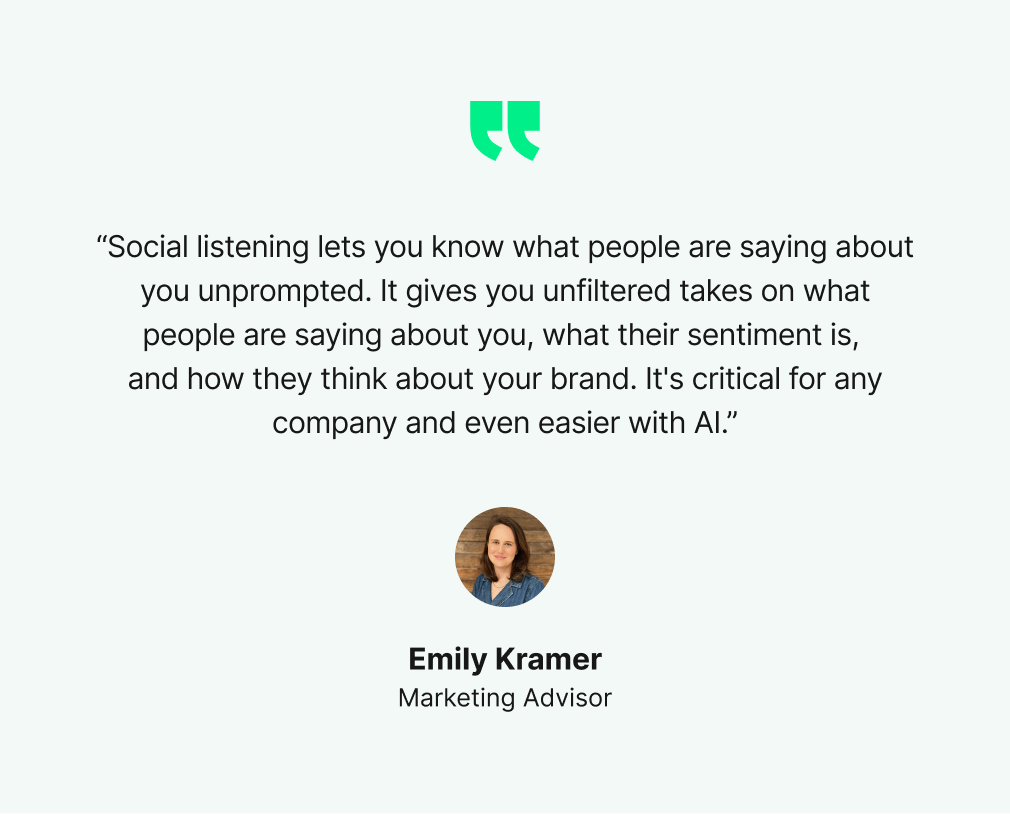
Why is your target audience analysis important?
It can help you conduct market research and answer questions like:
- Who is your intended audience, and what market segments offer opportunities for growth?
- What is the competitive landscape like, and how does your position compare within the target market?
- What marketing channels and tools can you use to connect with potential customers more effectively?
- Do you create marketing messages that resonate with the specific target audience you’ve defined?
- What does your audience truly value about your products or services?
- How can you tailor and personalize the customer experience for different audience segments?
- In what ways do your product or service offerings solve pain points for your primary target audience?
- What is the expected pricing based on customer feedback and audience demographics?
- Which specific groups are impacted by your marketing strategies?
It might sound controversial, but I think it’s so easy to do target audience analysis in today’s digital age.
You can find your potential customers’ opinions within a few clicks in a social listening tool.
Learn about their preferences, what they think about your competitors, and whether they think anything about your brand already.
How? Here’s a target audience analysis example:
I created a media monitoring project for Babbel, a language learning app.
And quickly discovered their users would rather go back to the pre-update version of the app:

Or what people look for in a language learning app:

That’s a massive advantage in your market research!
Why should you care about target audience analysis?
Here’s the truth: customers are everything.
No customers = no business. It’s that simple.
So naturally, every business wants more customers.
Without the target audience analysis, you’re going blind.
Once you conduct a target audience-based analysis, you get real data-based insights that can greatly impact your sales and marketing strategies.
Here’s what you gain by analyzing your specific target audience:
- Identify and prioritize your primary target audience.
- Understand the market landscape and refine your product or service positioning.
- Shape your business strategy with data-backed insights (like negative opinions about the recent update).
- Understand your customer pain points and tailor your marketing efforts accordingly.
- Personalize your content and targeted ads for higher conversion.
- Detect industry trends early by tracking online conversations.
It’s like the difference between shouting into a crowded room versus having a one-on-one conversation with your best friend.
Guess which one gets results?
Types of target audience analysis
There are three main ways to analyze your audience. Each one tells you something different about your customers.
Here are the three main types of target audience analysis:
1. Demographic information
This is your audience’s basic info, the stuff you’d find on their driver’s license or LinkedIn profile.
We’re talking:
- Age
- Gender
- Income
- Job
- Location
- Education level
Why does it matter?
A 22-year-old college student shops very differently from a 45-year-old executive. Demographics help you spot these obvious differences fast.

2. Psychographics
Now it gets more interesting. This target audience analysis digs into what makes your audience tick on the inside.
Their:
- Values
- Opinions
- Attitudes
- Interests
- Lifestyle choices
What keeps them up at night? What gets them excited? What do they care about?
This reveals their pain points and motivations.
Sure, it’s less concrete than demographics, but it holds many valuable insights for creating marketing strategies that actually resonate.
This analysis requires much more time and effort. You need to analyze what your audience really says.
Lucky us, we don’t need to go through each mention by hand.
For example, I used AI Brand Assistant, which conducted the analysis about Babbel customers’ values for me:
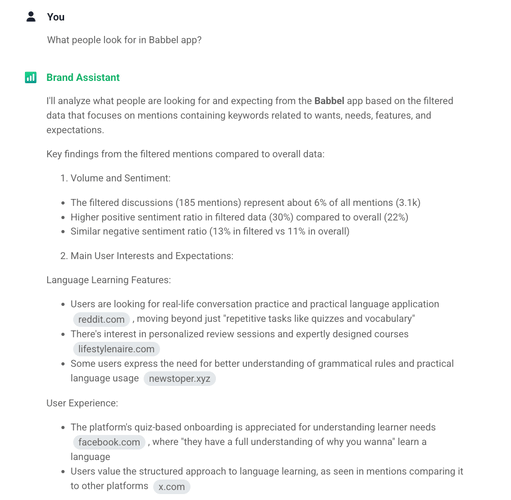
3. Behavioral
This looks at the bigger picture:
- Where does your business fit in their world right now?
- Who else is competing for their attention?
- What’s happening in their industry or life that affects their buying decisions?
- Are they in growth mode or survival mode?
This part of the target audience analysis keeps you grounded about what’s actually possible and helps you time your approach perfectly.
Each type tells you something different, but together?
They give you the complete picture of who you’re really talking to and what your target market is like, ultimately aiming for increased customer satisfaction.
What are the challenges of target audience analysis?
You know the feeling. You’re staring at a dozen analytics dashboards, drowning in data but starving for answers.
Here’s why audience analysis gets messy:
1. Information overload
Too many numbers, not enough clarity. Which metrics actually matter? Most people just end up guessing.
2. Scattered data
Your social insights are in one place. Survey results in another. Customer feedback somewhere else. Good luck connecting those dots.
3. People say what sounds good
Surveys and focus groups? People filter their answers. The real opinions are happening on Twitter and Reddit, where nobody’s watching.
4. Everything changes fast
Today’s trend is tomorrow’s cringe. If you’re only checking quarterly reports, you’re already behind.
And, you end up with analysis paralysis instead of clear direction to gain insights …
But it doesn’t have to be that way!
Here’s my guide to analyzing the target audience:
How to analyze your target audience? 8 Steps
Step 1: Collect all target audience data
The first step is to gather as much information as possible about your audience.
Use:
- Tools like Google Analytics for on-site behavior
- CRM systems for past purchase data
- Surveys for direct feedback
- & media monitoring tools to capture what people are saying unprompted across the web.
Each source fills in a piece of the puzzle. Together, they reveal your audience’s preferences, behaviors, and frustrations.
Here’s what it looks like in the Brand24 dashboard:
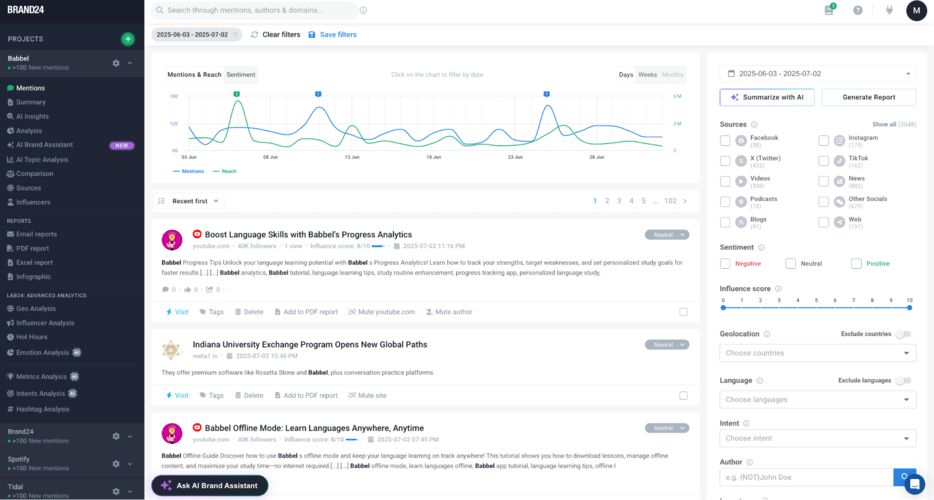
You can easily filter the results by the specific platform, keyword, time frame, sentiment, and much more.
Step 2: Discover where they are most active
It’s not enough to know what your audience says. You also need to know where they say it.
Are they debating your product on Reddit? Sharing tips on Instagram? Complaining in YouTube comments?
This step helps you focus your marketing efforts where they have the biggest impact.
Using Brand24, you can see which platforms generate the most buzz about your brand or industry, enabling smarter content distribution and community engagement.
For Babbel, it is mostly news sites:
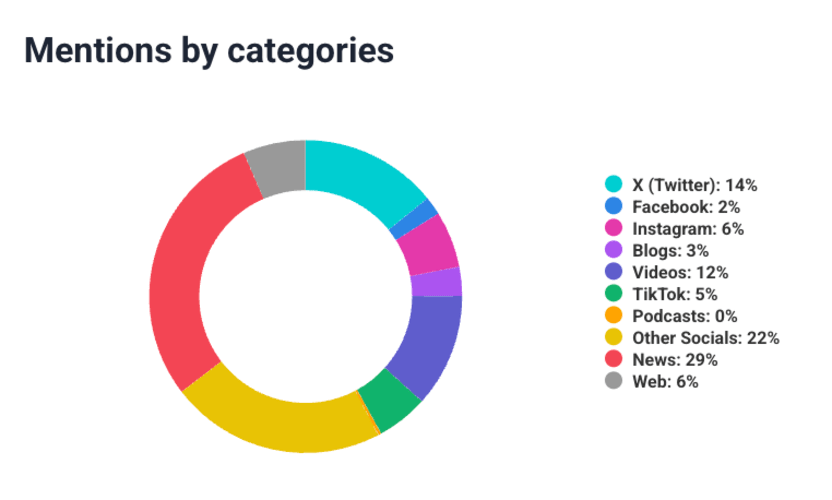
Step 3: Discover when they are most active
Timing is everything in marketing. When are your customers actually online and ready to engage?
Brand24’s “Hot Hours” feature helps you pinpoint the exact hours your target audience is most active:

This lets you schedule content, announcements, and ads to maximize visibility and interaction.
Step 4: Find their location
Location influences language, interests, purchase behavior, and even brand perception.
Understanding where your audience lives can inform regional campaigns, time zone-specific promotions, and even localized content.
Here’s where Babbel’s target audience is located:
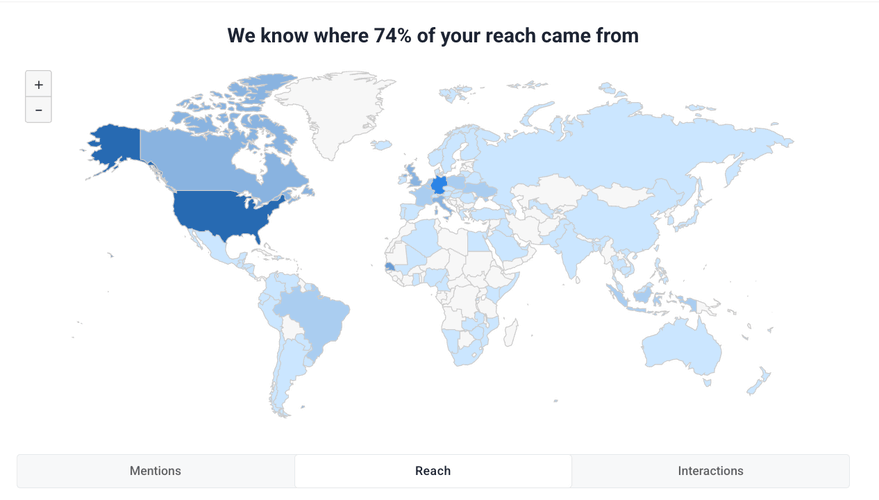
Step 5: Check the overall sentiment
Wouldn’t it be great to know how people feel about your brand without reading every single post or comment?
Sentiment analysis helps you measure your brand perception at scale.
Brand24 automatically categorizes mentions as positive, neutral, or negative:

Later on, you can dive deeper into specific platforms to see if they hit the right tone or need improvements:
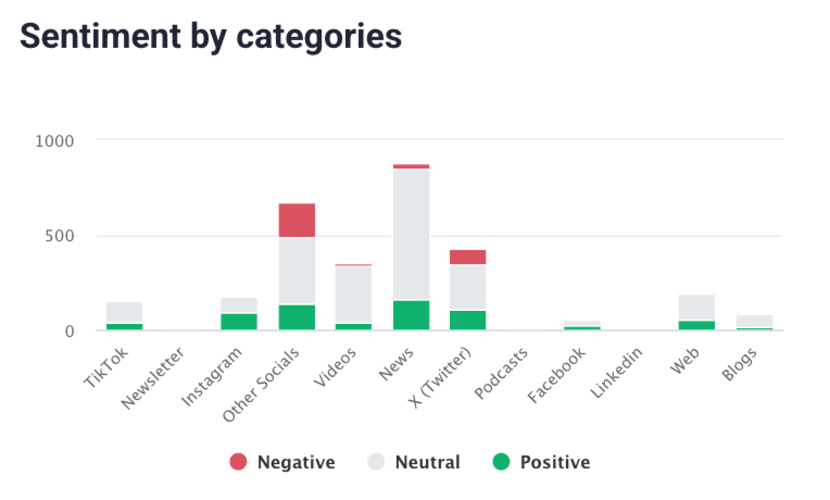
Plus, it is even possible to check the actual emotions behind the general sentiment:
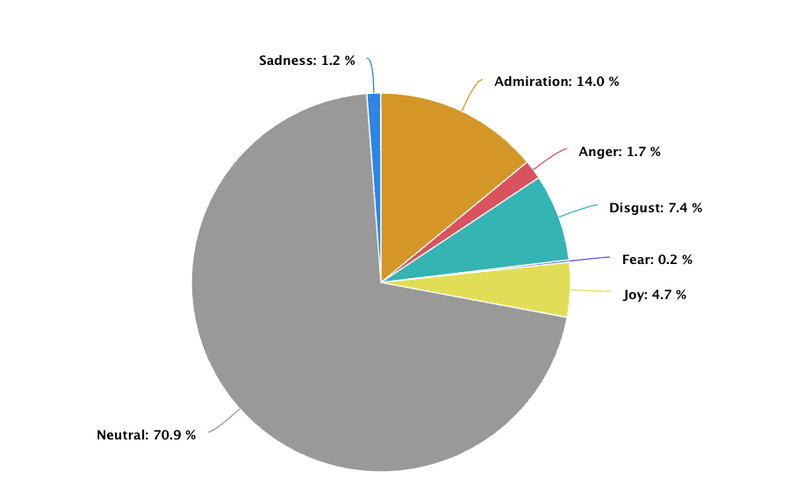
It gives valuable insights that can help you tailor your marketing messages.
Step 6: Dig deeper into topics
Sentiment tells you how people feel, and topic analysis tells you why.
Are customers excited about your customer service or annoyed by delivery delays?
Use Brand24 to identify recurring themes in your mentions.
This helps uncover hidden strengths and pain points that surveys often miss.
These insights can feed directly into product development and marketing messages.
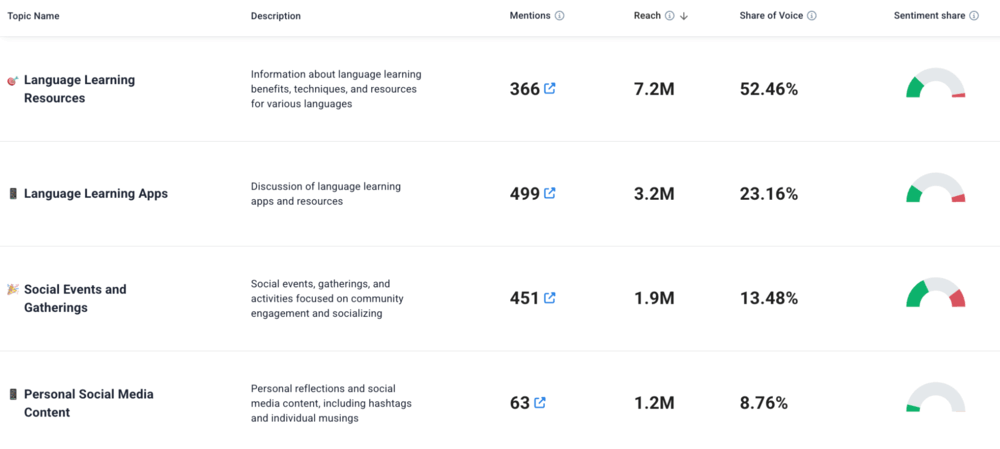
Step 7: Find trends and patterns
You probably know that marketing isn’t just about reacting – it’s about predicting.
Identifying patterns in different target audiences’ behavior can help you spot trends before they go mainstream.
I previously showed you how Brand24’s AI-powered Brand Assistant can conduct a general analysis of your target audience.
But, it can do much more!
It can find emerging topics and trends in your target market. This allows you to stay ahead of competitors and adapt quickly:
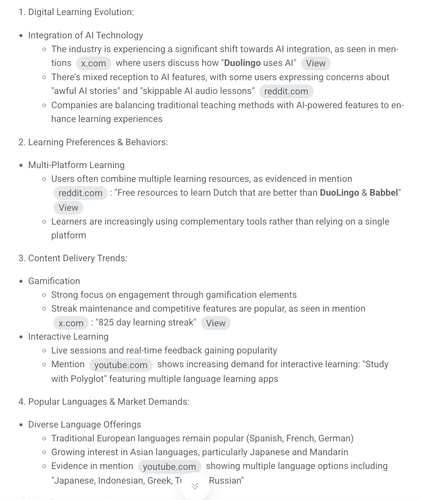
Step 8: List action points
Analysis without action is a waste of time and money.
After defining your target audience and collecting all the data, compile a list of actionable next steps that will improve your marketing efforts.
How?
If customers frequently mention confusion about your return policy, that’s a signal to update your FAQ page and product listings.
If positive sentiment spikes around a new feature, consider turning that into a whole campaign.
This step transforms insights into strategies, helping you serve your audience better while driving great business results.
Based on the trends analysis from the previous point, I created a list of potential action points Babbel could take to improve:
- Focus on Babbel’s commitment to practical skills, not just vocabulary drills.
- Launch live group sessions and peer learning features for real-time interaction.
- Expand language offerings to include Japanese, Korean, and Indonesian.
- Enhance the mobile app with offline mode and voice-based daily challenges.
That’s exactly what you should do for your brand! List your ideas and stick to them.
What can you learn from your target audience?
Good audience analysis tells you where your customers hang out, what gets their attention, what annoys them, and what keeps them coming back.
This helps you make smarter decisions about everything, from what products to build to how you talk to people.
To sum it up:
1. Why is an ongoing target audience analysis important? Because customers change. Keeping up means you never lose touch.
2. How often should you conduct analysis? At least quarterly. If you’re fast-moving, monthly or real-time.
3. What happens if you don’t? You become irrelevant. And your competitors won’t wait.
Start with a free Brand24 trial and gather your target audience and customer data in real time!



